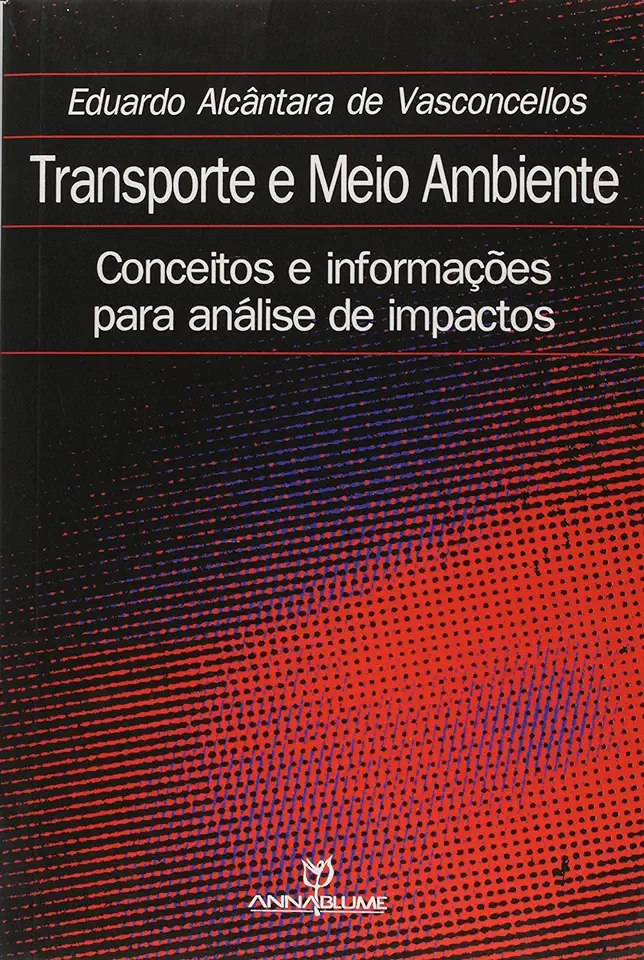
Transportation and the Environment - Eduardo Alcântara de Vasconcellos
Transportation and the Environment: A Comprehensive Overview
Introduction
In today's world, transportation is an essential part of our daily lives. However, the environmental impact of transportation is a growing concern. From air pollution to climate change, the transportation sector is a major contributor to environmental degradation.
In his book, "Transportation and the Environment," Eduardo Alcântara de Vasconcellos provides a comprehensive overview of the environmental impacts of transportation and explores a range of strategies for reducing these impacts.
Air Pollution
One of the most significant environmental impacts of transportation is air pollution. Vehicles emit a variety of pollutants, including carbon monoxide, nitrogen oxides, and particulate matter. These pollutants can cause a range of health problems, including respiratory problems, heart disease, and cancer.
Climate Change
Transportation is also a major contributor to climate change. Vehicles emit greenhouse gases, such as carbon dioxide and methane, which trap heat in the atmosphere and cause the planet to warm. Climate change is already having a devastating impact on the planet, leading to more extreme weather events, rising sea levels, and the loss of biodiversity.
Land Use
Transportation also has a significant impact on land use. The construction of roads, highways, and airports requires large amounts of land, which can lead to deforestation, habitat loss, and soil erosion.
Noise Pollution
Transportation can also generate significant noise pollution. This can be a major problem in urban areas, where traffic noise can disrupt sleep, learning, and work.
Strategies for Reducing the Environmental Impact of Transportation
There are a number of strategies that can be used to reduce the environmental impact of transportation. These include:
- Improving fuel efficiency: Vehicles that are more fuel-efficient emit fewer pollutants and greenhouse gases.
- Promoting public transportation: Public transportation can help to reduce the number of vehicles on the road, which can lead to reduced air pollution and traffic congestion.
- Encouraging walking and biking: Walking and biking are healthy and environmentally friendly ways to get around.
- Investing in renewable energy: Renewable energy sources, such as solar and wind power, can be used to power vehicles and reduce greenhouse gas emissions.
Conclusion
Transportation is an essential part of our lives, but it also has a significant environmental impact. By understanding the environmental impacts of transportation and implementing strategies to reduce these impacts, we can help to create a more sustainable future.
Why You Should Buy This Book
"Transportation and the Environment" is a comprehensive and well-researched book that provides a wealth of information on the environmental impacts of transportation and strategies for reducing these impacts. This book is essential reading for anyone who is interested in environmental sustainability and transportation policy.
Here are a few reasons why you should buy this book:
- It is a comprehensive overview of the environmental impacts of transportation.
- It provides a wealth of information on strategies for reducing these impacts.
- It is well-written and easy to understand.
- It is an essential reading for anyone who is interested in environmental sustainability and transportation policy.
Don't miss out on this opportunity to learn more about the environmental impacts of transportation and what you can do to help reduce them. Order your copy of "Transportation and the Environment" today!